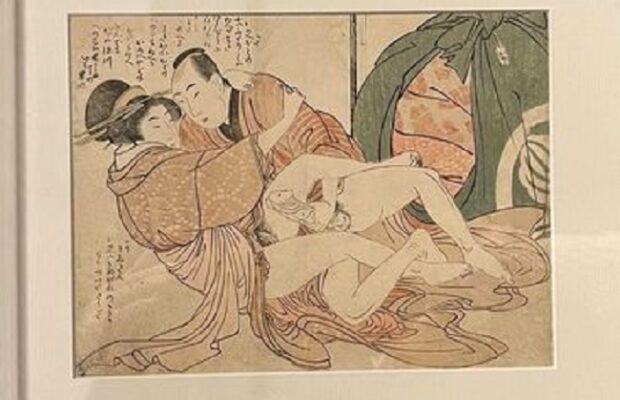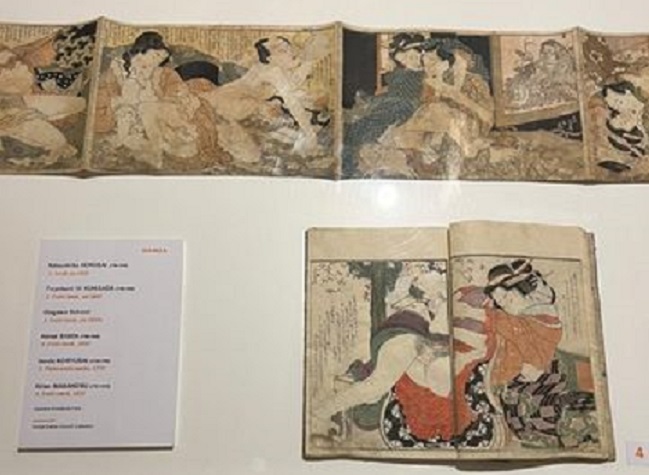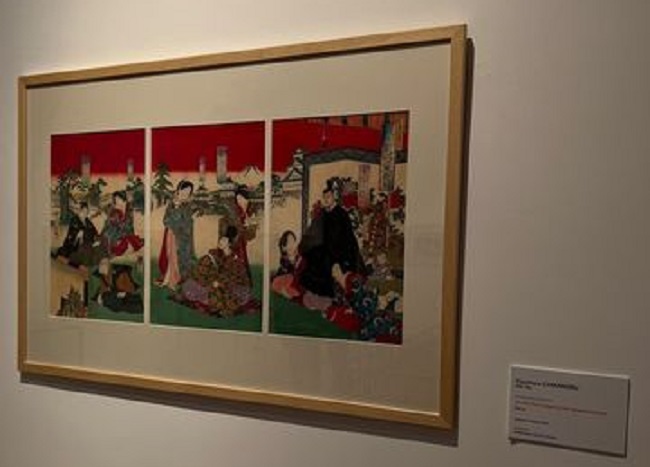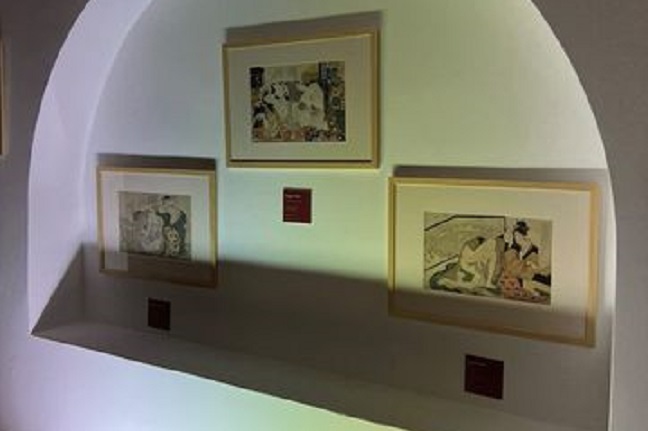Modern Japanese Art Exhibition In Timisoara

I visited Japanese art exhibition in Timisoara. It was amazing and unforgettable. I am a big fan of Japanese art in general. There’s something magical about Japanese lacquer art. The decorations are made with exceptional care and skill using dozens of layers of lacquer in a process that takes months if not years.
In this exhibition, traditional depictions in gold, silver and black form the departure point for a journey into modernity, creativity and exuberant colours. The almost seventy objects on display trace this development in the early 20th century.
The exhibition is made in collaboration with Jan Dees. With works on loan from the collection of Jan Dees & René van der Star, and from Japan and the United States.

Japan has been printing woodblocks since the 17th century. Originally several craftsmen would work together commissioned by a publisher. The publisher chose the subject or theme, the artist created the design, the woodblock cutter carved the design and the printer pressed the design onto paper. This traditional view of print making changed in the 20th century when Yamamoto Kanae (1882-1946) made a print solely on his own, drawing, carving and printing the image. Kanae saw the art of print making as more than reproduction. His new interpretation of the Japanese woodblock print: creative print art, gave way to a movement we have now come to know as sōsakuhanga.

Yamamoto’s vision also appealed to other artists. They too were in search of freedom, self-expression and individual style. Contrary to earlier generations they no longer followed the style of their teachers. It was important for many sōsakuhanga artists to design, produce and publish themselves. They experimented with printing materials, abandoned traditional 19th century print formats and began combining woodblocks with lithography. In their works, the artists explored and sought answers to their questions surrounding the traditions and modernity of Japan.

The creative prints have remarkable styles, lines and formats and showcase lesser-known Japanese themes and everyday topics. A woman in kimono in front of a mirror by TobariKogan and the print by Kawanishi Hide of two girls in a shooting gallery are two good examples of these themes. The more traditional Japanese themes such as landscapes and natural beauty will also be highlighted. A modern and stylized interpretation of the iconic snow-topped mount Fuji by Kawabata Ryushi will also be on view.
Author: Tebea Jikidze

















